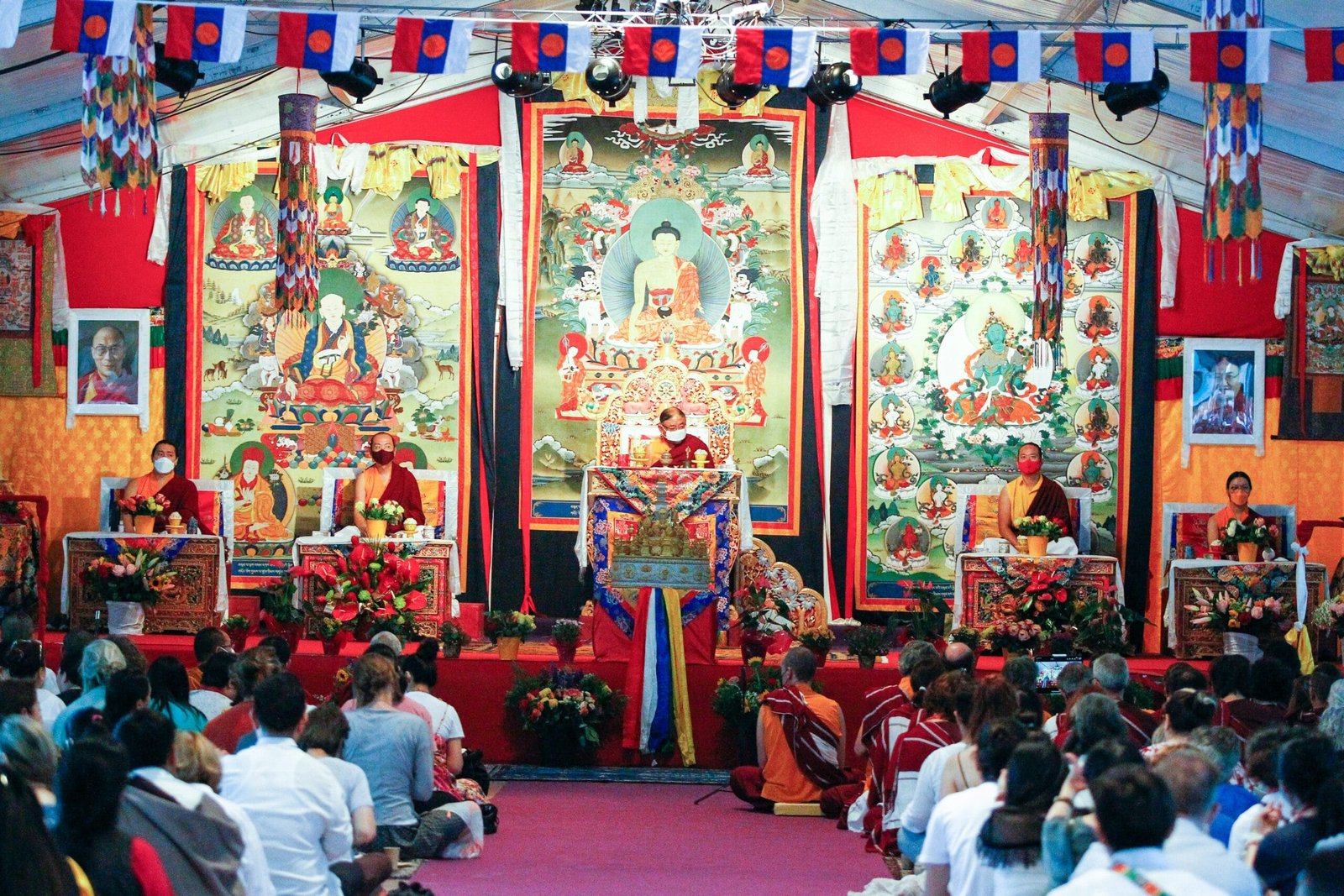Top Tibetan Festivals You Should Experience in Your Lifetime
Introduction to Tibetan Festivals Tibetan festivals are a vibrant and integral part of the cultural and spiritual landscape of Tibet, showcasing the rich heritage and traditions of the Tibetan people.…
A Comprehensive Guide to Major Tibetan Festivals and Their Dates
Introduction to Tibetan Festivals Tibetan culture is as rich and intricate as the landscape of its homeland, characterized by its deep-rooted spiritual beliefs and age-old traditions. Central to this cultural…
Embracing Tibetan Culture: Top Festivals to Celebrate in Lhasa
Introduction to Tibetan Festivals Tibetan festivals hold profound significance within the rich tapestry of Tibetan culture, illustrating the interplay of spiritual beliefs and traditional practices. These celebrations serve not only…

